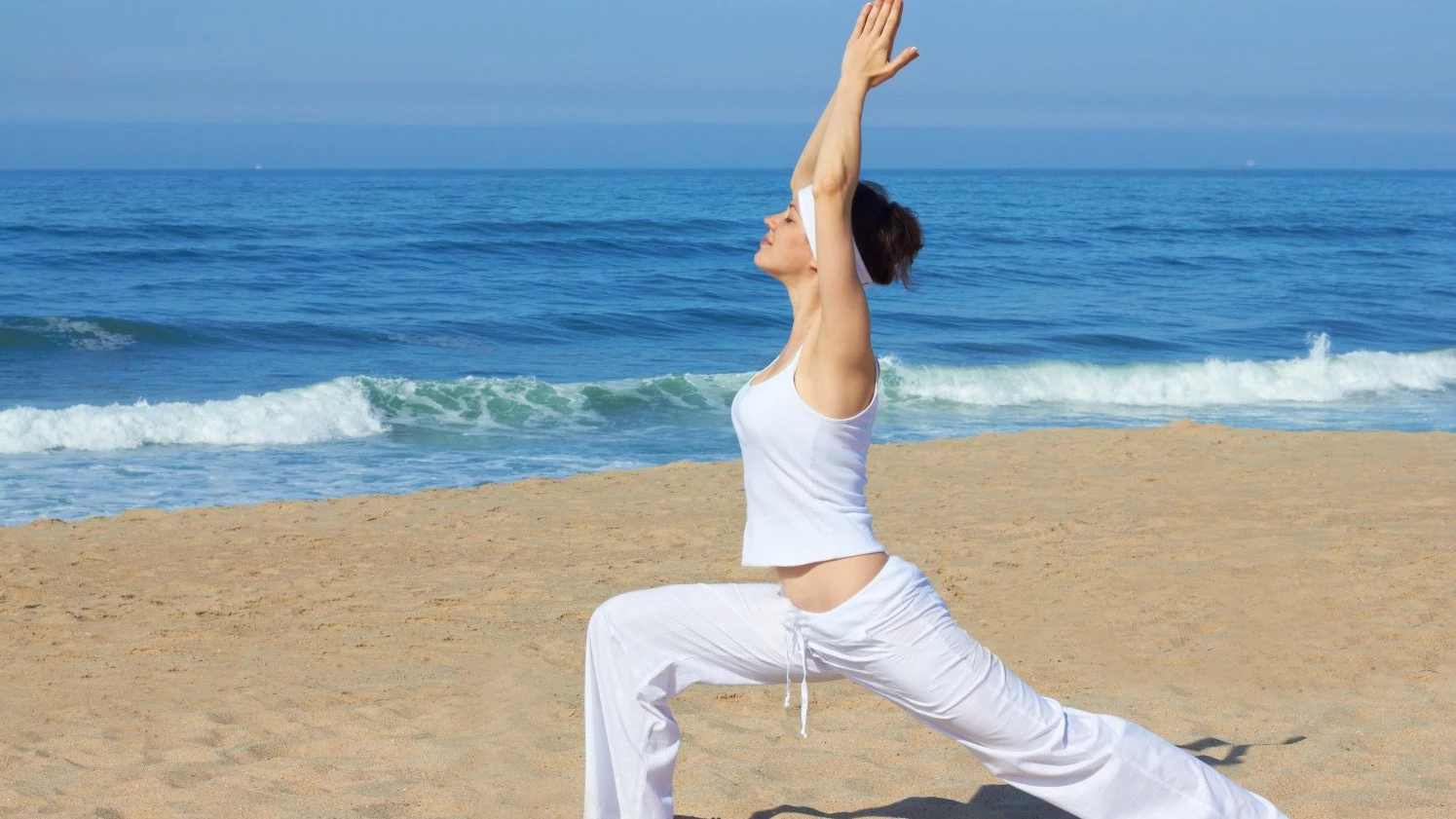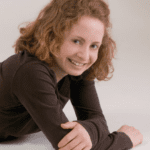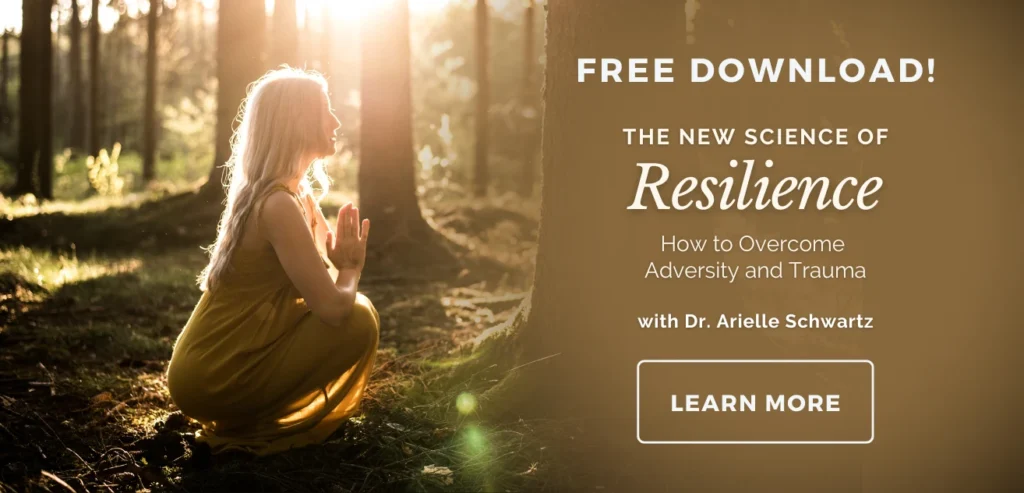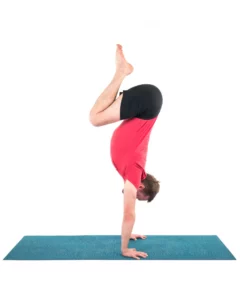Feeling Stressed? Warrior Poses Unleash Your Inner Strength

Our modern lives can often feel hectic and stressful. Unexpected challenges and changes can stir up feelings of anxiety and uncertainty. Yoga can help us to find stability in frenzied times by allowing us to access and develop our internal resources. What we can handle on the mat, we can likely handle in life. Warrior poses (Virabhadrasana I–III), when we practice mindfully, can be helpful for finding and using our inner resources.
Warrior Poses Evoke Your Inner Warrior
Warrior I Pose (Virabhadrasana I)

Warrior I draws on strength to balance several complex and interacting forces. In Warrior I Pose (Virabhadrasana I), we must rely on the integrity and stability of the hip of the forward leg. We align the front knee over the front foot. The back foot, on the other hand, is placed in a degree of rotation that allows for balance, strength and flexibility. Once the lower body has achieved balance, the arms can extend toward the sky, with palms facing toward each other or in other variations such as Prayer Position (Anjali Mudra). The drishti (gaze) looks softly, yet strongly, forward.
If your sacroiliac (SI) joint is unstable—you’d know it if it is!—practice with a shorter stance. (See the photo directly above.) Also, avoid squaring your pelvis to the front.
Warrior II Pose (Virabhadrasana II)

Warrior II also challenges us to maintain balance, strength and focus. Similar to Warrior I, we align the front knee above the ankle in a lunge. It is important to not allow either the front or back foot or ankle to collapse inward. Doing so compromises stability and anatomical safety.
In Warrior II the pelvis rotates inward to whatever extent allows your back foot to feel grounded. Contrary to the widely popular instruction to “square the hips,” rotating the pelvis maintains integrity in both your sacroiliac (SI) joint and the knee of the front leg. Attempting to square your pelvis to the front can cause uneven pressure on the SI joint. In addition, it causes the front knee to turn inward so that it’s no longer aligned over the foot. Allowing the pelvis to rotate inward also allows your back foot to ground more strongly. This helps balance the weight between the front and back foot so that your front leg isn’t doing all the work. The drishti in Warrior II rests over the front fingers, with arms aligned parallel to the floor.
Warrior III Pose (Virabhadrasana III)

Warrior III brings all of the elements of strength and stability as the first two postures while also introducing a one-legged balance. Similar to the two prior postures, it is important to maintain proper alignment. The back leg should be approximately parallel to the floor. This alignment will allow for one’s natural balancing equilibrium to do its work.
It can sometimes take a bit of realigning and repositioning to gain balance and stability. We can achieve this by selecting an arm position that provides the greatest equilibrium. This can include hands in Anjali Mudra, arms extended backward toward the raised foot, or reaching the arms wide or forward. Then we align the head with the spine and the extended hind leg, and fix our gaze on a point.
Warrior poses are great reminders of our inner resilience when life’s chaotic ups and downs make us feel like we might topple. Wise alignment, keying into our bodily sensations, and maintaining full and even breath are skills that we can take with us off the mat and into our lives.
Also, read...
Picture Perfect Posture: Tadasana (Mountain Pose)
4 Ways to Fit Yoga into Your Day—No Leggings Required
Online Yoga Tutorial: Power Up Your Warrior II – Virabhadrasana II
Related courses

Kathryn Boland is an RCYT and R-DMT (Registered Dance/Movement Therapist). She is originally from Rhode Island, attended The George Washington University (Washington, DC) for an undergraduate degree in Dance (where she first encountered yoga), and Lesley University for an MA in Clinical Mental Health Counseling, Expressive Therapies: Dance/Movement Therapy. She has taught yoga to diverse populations in varied locations. As a dancer, she has always loved to keep moving and flowing in practicing more active Vinyasa-style forms. Her interests have recently evolved to include Yin and therapeutic yoga, and aligning those forms with Laban Movement Analysis to serve the needs of various groups (such as Alzheimer’s Disease patients, children diagnosed with ADHD, PTSD-afflicted veterans – all of which are demographically expanding). She believes in finding the opportunity within every adversity, and doing all that she can to help others live with a bit more breath and flow!



